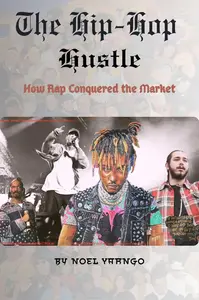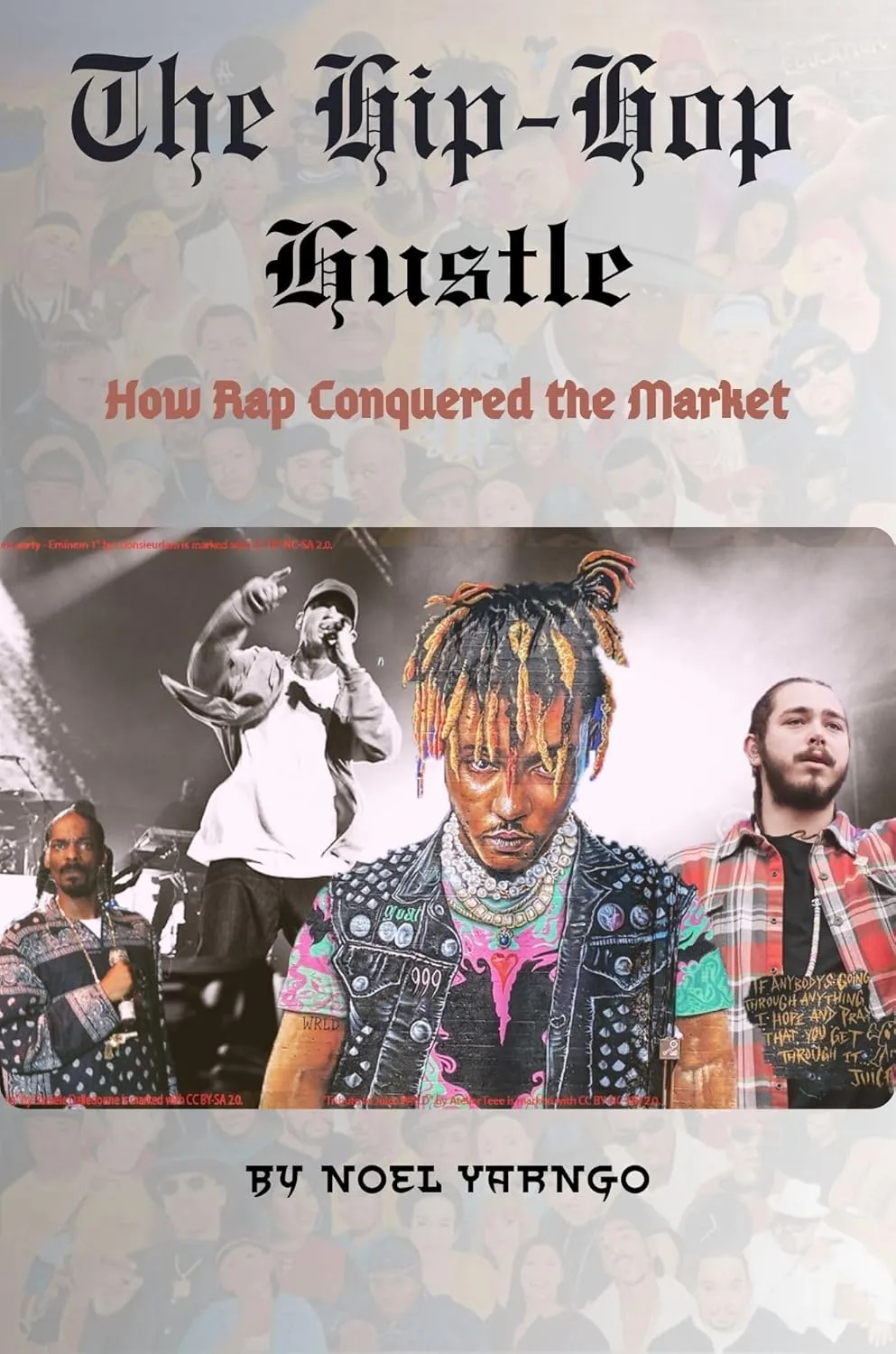The Hip-Hop Hustle: How Rap Music Conquered the Market by Noel Yarngo, MAURICE L. JOHNSON II
English | August 1, 2024 | ISBN: N/A | ASIN: B0DBZBBGMB | 196 pages | EPUB | 0.43 Mb
English | August 1, 2024 | ISBN: N/A | ASIN: B0DBZBBGMB | 196 pages | EPUB | 0.43 Mb
Results of the analysis show that the early commercial rap lyrical content began as a cultural
response to the socioeconomic oppression of inner-city African-Americans, and lyrics were geared towards a party atmosphere in the late 1970s and early 1980s before progressing to the addressing of social issues plaguing the black community. The analysis also suggests that because of the differences in which gang culture developed in New York City and Los Angeles, respectively, two very distinct and separate cradles of Hip Hop civilization were formed. The New York artists were geared towards socially conscious ideals while West Coast artists took a much more confrontational approach and created what is now referred to as gangsta rap. The consequences of white consumption of black popular culture are discussed and are key to
Detractors of the current lyrical content of Hip Hop music claim it has devolved to the
proliferation of the gangsta image as the defacto voice of contemporary Hip Hop culture. However, the factors that influenced the evolution of rap music have gone unexamined. The current research is a historical analysis that attempts to document the origins of commercial rap music and the factors and events that drastically affected its development as an art form. These factors include but are not limited to the discovery of white suburban males as the primary consumers of gangsta rap, which led to the genre garnering the most mainstream and commercial appeal, and the research examines how the deregulatory statutes of the Telecommunications Act of 1996 created an unnatural progression of the music that has resulted in the stifling of socially conscious artists and the promotion of hardcore rap music into a commercially lucrative global commodity.



